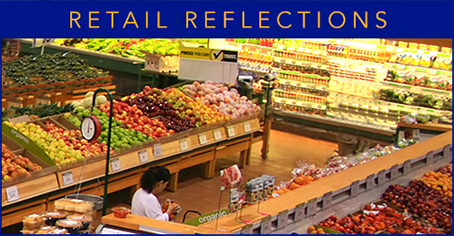Welcome to Blue Book!
Are you ready to join the thousands of companies who rely on Blue Book to drive smarter decisions? View our plans and get started today!
Still have questions? We’d love to show you what Blue Book can do for you. Drop us a line– we’ve been waiting for you.

Trade with confidence... every time.
Blue Book’s real-time alerts help you stay up to speed with everything in the produce industry

Trade with confidence... every time.
Blue Book’s real-time alerts help you stay up to speed with everything in the produce industry

Trade with confidence... every time.
Blue Book’s real-time alerts help you stay up to speed with everything in the produce industry
Four Myths of Supply and Demand
Simple arithmetic says Grower A made a profit of $3.50, right? But let’s suppose the market price on that given day was $12.00—and if you ask Grower A...

Simple arithmetic says Grower A made a profit of $3.50, right? But let’s suppose the market price on that given day was $12.00—and if you ask Grower A about that day’s sales, the response will be a LOSS of $2.00 per product. How’s that again?
But why is any of this important? The supply and demand nature of the produce industry has molded its very culture, steering participants on a certain path. Not only has it influenced the relationship between buyers and sellers, but it has influenced how budgets are determined, how individuals are rewarded, and how organizations are perceived.
In all fairness, at one time the influence of the market made a little more sense. Most transactions were much smaller. In fact, if you could buy a “straight load” you were a big player. Today, this same mentality now applies to hundreds of truckloads as part of a given purchase. So while supply and demand will always have an impact on the fresh produce industry, the cultural impact needs to evolve to reflect today’s various buying scenarios.
Bruce Peterson is the founder and president of Peterson Insights, Inc., a consulting company specializing in the complex challenges of the fresh food industry. Peterson began his career bagging groceries, and went on to work for several supermarket chains, including 17 years at Walmart Stores, Inc. He has owned and operated a wholesale produce company, and served as chief executive officer of both Naturipe Foods LLC and Bland Farms.

News you need.
Join Blue Book today!
Get access to all the news and analysis you need to make the right decision --- delivered to your inbox.
What to read next
A Produce Blueprints Glimpse at 2025: Fraud on the Rise
Executives in all segments of fresh produce continue to grapple with changes in the industry, including more frequent extreme weather events, high prices impacting suppliers and consumers, an evolving labor pool, and the integration of artificial intelligence, among other trends. Here’s what they’re thinking at the start of 2025 and a look at the months […]
A Produce Blueprints Glimpse at 2025: Expanding Produce Access
Executives in all segments of fresh produce continue to grapple with changes in the industry, including more frequent extreme weather events, high prices impacting suppliers and consumers, an evolving labor pool, and the integration of artificial intelligence, among other trends. Here’s what they’re thinking at the start of 2025 and a look at the months […]
A Produce Blueprints Glimpse at 2025: Marketing Trends
Executives in all segments of fresh produce continue to grapple with changes in the industry, including more frequent extreme weather events, high prices impacting suppliers and consumers, an evolving labor pool, and the integration of artificial intelligence, among other trends. Here’s what they’re thinking at the start of 2025 and a look at the months […]
USDA restricts PACA violators in California and Florida
WASHINGTON, May 9, 2022 – The U.S. Department of Agriculture (USDA) has imposed sanctions on four produce businesses for failing to meet contractual obligations to the sellers of produce they purchased and failing to pay reparation awards issued under the Perishable Agricultural Commodities Act (PACA). These sanctions include suspending the businesses’ PACA licenses and barring […]
USDA restricts five PACA violators
WASHINGTON, April 22, 2022 – The U.S. Department of Agriculture (USDA) has imposed sanctions on five produce businesses for failing to meet contractual obligations to the sellers of produce they purchased and failing to pay reparation awards issued under the Perishable Agricultural Commodities Act (PACA). These sanctions include suspending the businesses’ PACA licenses and barring […]
USDA restricts PACA violators in Florida and Texas
WASHINGTON, April 22, 2022 – The U.S. Department of Agriculture (USDA) has imposed sanctions on two produce businesses for failing to meet contractual obligations to the sellers of produce they purchased and failing to pay reparation awards issued under the Perishable Agricultural Commodities Act (PACA). These sanctions include suspending the businesses’ PACA licenses and barring […]
Subscribe to our newsletter
© 2025 Blue Book Services. All Rights Reserved


